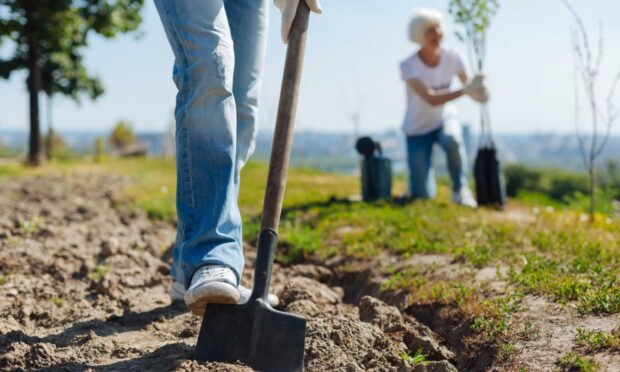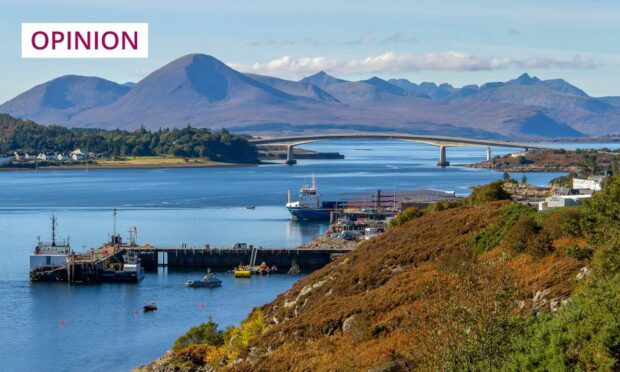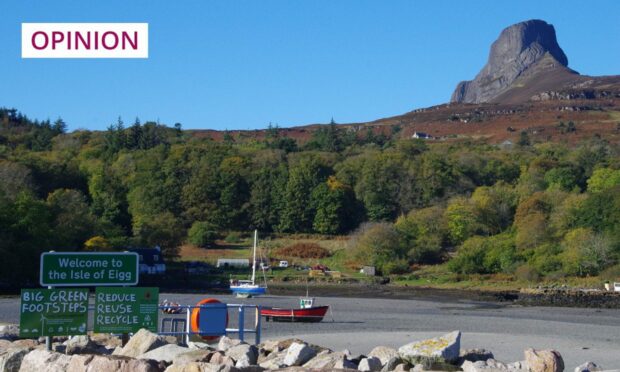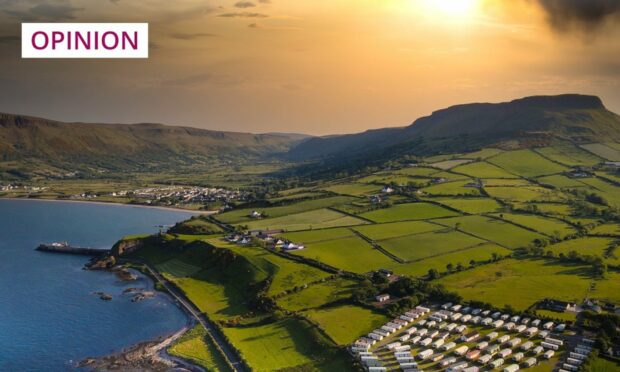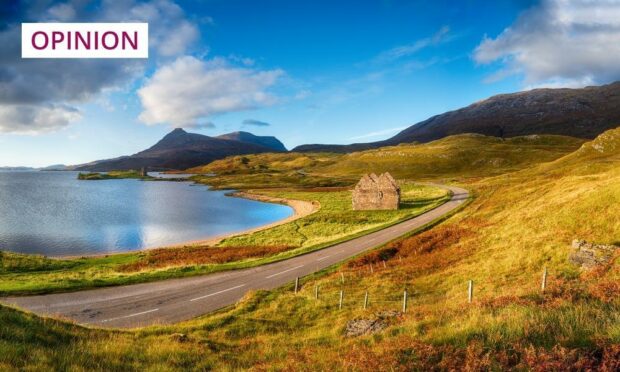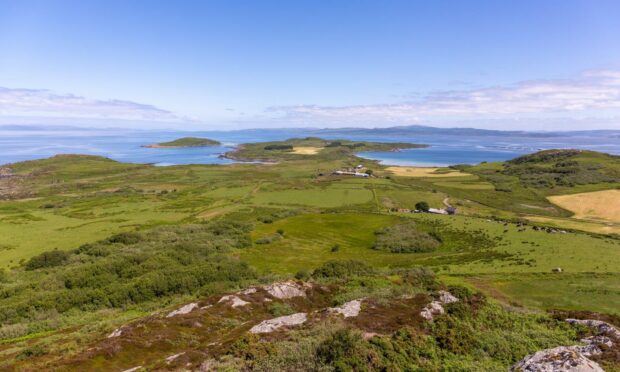One hesitates to claim to have coined a phrase which goes on to gain common usage.
But, it is possible the term “green lairds” was first used in this column. This was to highlight the prospect of huge areas of Scottish land being bought by a new type of proprietor.
These were and are wealthy individuals or corporations who want to buy land to tap into the significant public money available to help the drive towards a zero-carbon economy. For industrial players, it is a means of offsetting the carbon emissions from their day-to-day operations – also known as greenwashing.
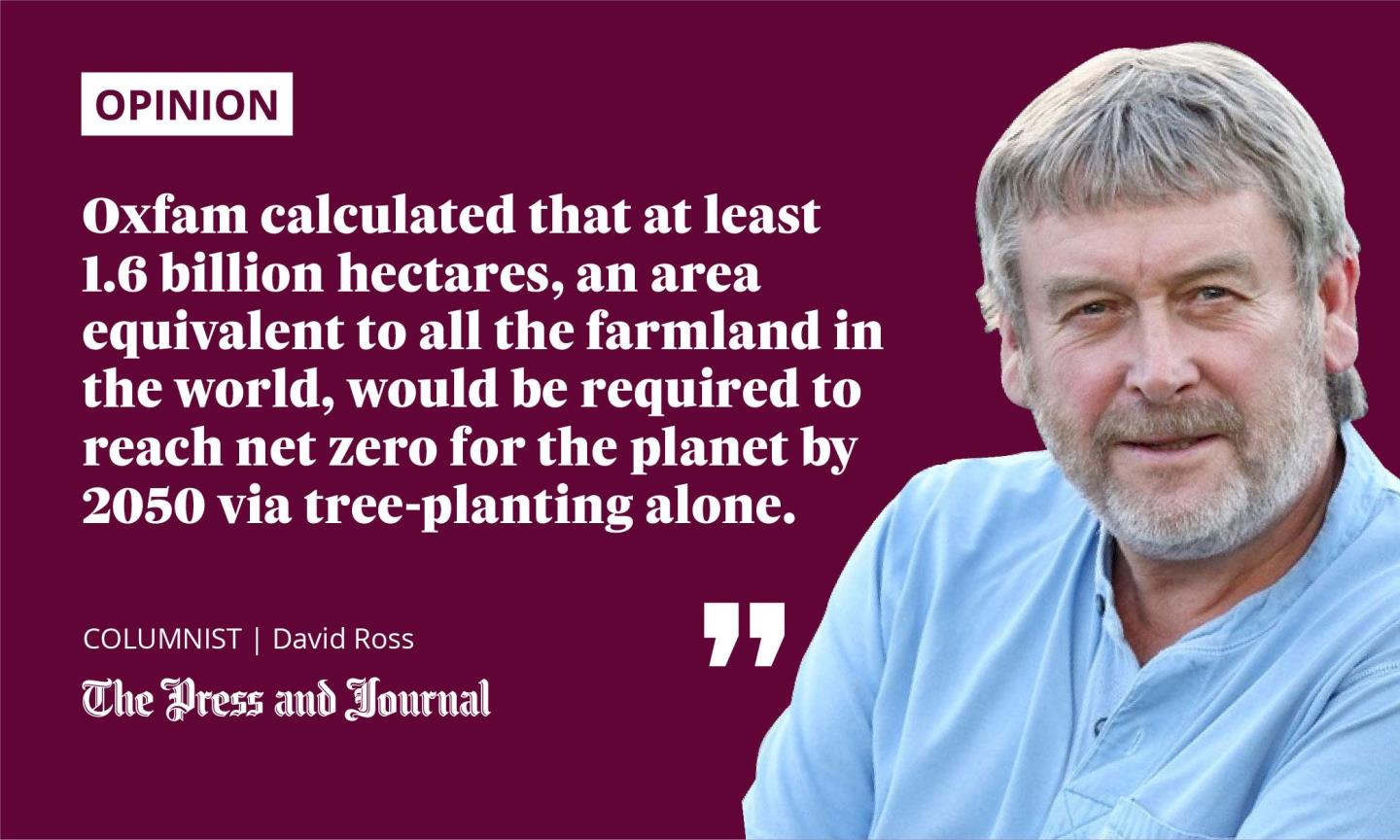
From multinational oil company Shell to craft brewer BrewDog, there is a growing commercial hunger for land. The “green” opportunities of land ownership are now marketing tools for those selling large estates. Extensive tree-planting features prominently.
The birth of the green lairds
It was on March 30 last year that this column appeared under the headline “Fairness key amid surge of ‘green lairds'”. An online search for the two words prior to that only found adverts for a brand of organic lentil which apparently “holds its shape well after cooking”.
Since then, the term has been deployed across newspaper titles, TV and radio outlets, by MSPs in Holyrood debates, by magazines such as the Great Outdoors and even the London Review of Books.
That August title published an article by University of Edinburgh lecturer, Dr Fraser MacDonald, who specialises in cultural and historical geography. He wrote: “many in the Highlands see the green laird as an example of a species that never left: the landlord with a passion for charismatic wildlife and landscapes. It’s just that beavers and Scots pines are now preferred to deer and grouse moors.”
The public money now being invested in green projects has heralded a seemingly insatiable demand for land suitable for tree-planting
A distinction may be drawn between landowners long-committed to rewilding, and recent arrivals in seigneurial circles. The dream of Danish billionaire Anders Povlsen, Scotland’s largest private landowner, “to restore parts of the Scottish Highlands to their former natural splendour” (by reafforestation and reintroduction of lost species) can pose a particular threat to fragile communities.
But, it significantly predates the public money now being invested in green projects, which has heralded a seemingly insatiable demand for land suitable for tree-planting. There is, however, a human cost.
Consider the human cost
The P&J reported recently on the fate of Glenlivet farmer Alastair Nairn who lost his tenancy. He said: “The land has been sold from beneath us and is now going to be wall-to-wall with trees.”
He pointed to companies now buying land to offset their carbon count, and predicted a clearance of agricultural tenants.
Mr Nairn opined: “When these corporations think they are about to exceed their carbon audit, they simply just go out and buy a forest. It is actually doing nothing. They are just carrying on doing exactly what they have been doing that created the problem in the first place.”
He may have a point. Oxfam calculated that at least 1.6 billion hectares, an area five times the size of India and equivalent to all the farmland in the world, would be required to reach net zero for the planet by 2050 via tree-planting alone.
That is not to say they shouldn’t try. Planting trees is certainly a more positive contribution to saving the planet than huge areas of land being reserved for killing wild birds as sport.
Local communities deserve access to local land
But green lairds will continue to inflate the land market in the likes of the Highlands. One leading estate agent was quoted recently, saying: “although the prices paid for many of these estates are not yet in the public domain, once they are known, we would expect more estate owners to come to the market.”
It would be a troubling irony if the publicly-funded response to the climate emergency builds an even higher hurdle to achieving more equitable distribution of Scottish land
The chances of local communities buying their local land is, therefore, reducing. It would be a troubling irony if the publicly-funded response to the climate emergency builds an even higher hurdle to achieving more equitable distribution of Scottish land. This remains one of the goals of the Scottish Government.
Ministers are alive to this threat. The Scottish Land Commission is currently analysing the impact of green lairds on the rural land market. This information is due to be published at the end of March or beginning of April. The organisation is also reviewing options for ensuring community benefit from the increasing value of land, so-called “natural capital”.
This work will land on ministers’ desks. But there are other things they could do. They could commit to the £100 million (at least) Community Wealth Fund from the recent Crown Estate’s windfall from wind farm seabed leases, as suggested by Community Land Scotland.
They could also ensure that, when the public interest test for landownership comes into force, it counts people as well as trees.
David Ross is a veteran Highland journalist and author of an acclaimed book about his three decades of reporting on the region
